Examining ambient literature as an emerging literary form led me to “Screening the Literary: Writing Quality on the Web,” a workshop held at Lancaster University in October. Run by the Authors and the World Research Hub, an AHRC-funded collaboration researching the position of the author as both cultural artefact and producer of literary texts. This one-day workshop brought together researchers working in several fields, from French studies and contemporary arts to computing. There was an emphasis on examining the book as a cultural form and the shifting position of the author in digital spaces.
Erika Fülöp, workshop convenor, recognises that although the potential death of the printed book has been debated since the 1990s there are still questions to be asked about applying the term “literary” to digital texts, particularly considering they can take various forms, and include multiple elements, such as audio, images, and video. The workshop asked, “How do we do the literary online?” and this question resonated with many of my recent thoughts about ambient literature.
Katherine Hayles [1] writes that “the entire field of electronic literature test[s] the boundaries of the literary and challenges us to rethink our assumptions of what literature can do and be.” As we explore the potential of ambient literature, I wonder whether it changes my own assumptions of literature and of what can be defined as literary. At this stage in the project I still have more questions than answers. Through my research, I have explored how the field overlaps with performance, public art, and games and asked myself questions such as: Can a work of literature also be a game? Can it be both a text and a performance? Can something be literary and collaboratively produced? Where do the boundaries of literature lie? The questions are almost endless. The term “literary” brings to mind the idea of a high quality piece of writing but does it need to be text based? Can it be a non-linguistic object? Can it be interactive, participatory and engaging? Does a literary work need a single author, a plot, a story? As we re-explore the concept of literature and begin to experiment with the form of ambient literature we begin to unlearn what we thought we knew and what we once took for granted.
I have begun to look to pre-digital literary traditions for some clarity. In the workshop, Claire Taylor, Professor of Hispanic Studies at the University of Liverpool, took a global perspective and introduced us to hybrid forms of literature developed by Latin American writers experimenting with pre-digital literary traditions. For example, Belén Gache, a Spanish-Argentinian writer whose Dedicatoria espira is part of a collection of digital poems that play with work of Spanish Baroque poet Luis de Góngora. This continually spirally text recreates the disorientation of a seventeenth century reader attempting to decipher it. Although not ambient literature, it is useful to see how literary traditions can be re-imagined for digital works while retaining a sense of the literary.
Claire Dean, a self-defined maker of stories and PhD student at Lancaster University also followed this approach and spoke of her interest in the oral tradition of storytelling rather than the inscriptive practice of print. Inspired by this, she produces creative work that uses environmental data to drive storytelling. Much of her emerging work could be seen as ambient literature and it raises interesting questions about the literary traditions in which we can position the form.
“Screening the Literary” encouraged us to move away from considering the literary through the lens of print and instead look at multiple literary traditions and creative approaches. Definitions of the literary have become stretched as the boundaries of literature are blurring with other media forms. I left with a curiosity about how my own understanding of the literary, rooted in literary studies, can be re-shaped for ambient literature.
—Amy Spencer
References
1. Hayles, N. Katherine. (2008) Electronic Literature: New Horizons for the Literary. Norte Dame, Indiana: University of Notre Dame Press.


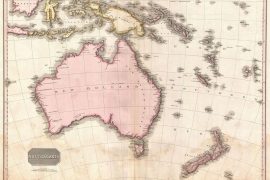
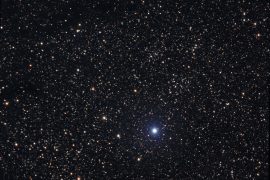
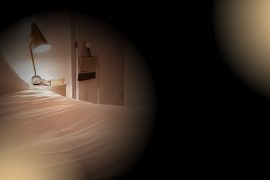

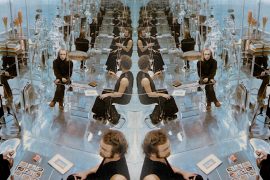
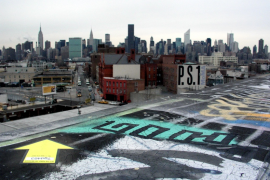
Comments are closed.